After years of preparation, the first neutrinos have been observed by the Short-Baseline Near Detector collaboration. The data SBND collects will expand our knowledge of how neutrinos interact with matter and will be used to search for evidence of new physics.
Tag: Neutrino
New insights into neutrino interactions
Elusive fundamental particles called neutrinos are predicted to interact unexpectedly with photons under extreme conditions.
Discovery brings scientists one step closer to solving century-old cosmic ray mystery
For more than a century, astrophysicists have tried to determine the origin of extremely energetic particles, which are up to a million times more energetic than anything achieved by the world’s most powerful particle accelerator, the Large Hadron Collider near Geneva, Switzerland.
MicroBooNE experiment’s first results show no hint of a sterile neutrino
For more than a decade, scientists have wondered whether a theorized new particle, a fourth kind of neutrino called the sterile neutrino, might exist in our universe. Evidence of this would add a new particle to the physicists’ best theory, the Standard Model of Particle Physics. A new particle would be a radical shift in our understanding of the basic building blocks of the universe. MicroBooNE’s four new experimental results all show the same thing: no sign of the sterile neutrino. Instead, the results align with the Standard Model of Particle Physics. With sterile neutrinos further disfavored as the explanation for anomalies spotted in neutrino data, scientists are investigating other possibilities. Unexplained data point toward promising research areas and lead us to more fundamental truths about how physics works at the smallest level.
Argonne announces 2022 Maria Goeppert Mayer Fellows, honoring the legacy of the physics Nobel Laureate
Argonne’s Maria Goeppert Mayer is one of only four women to win the Nobel Prize in physics. Today, on her 115th birthday, Argonne announces the award of its 2022 Maria Goeppert Mayer Fellowship to four outstanding early-career doctoral scientists.
ICARUS gets ready to fly
The ICARUS detector, part of Fermilab’s Short-Baseline Neutrino Program, will officially start its hunt for elusive sterile neutrinos this fall. The international collaboration led by Nobel laureate Carlo Rubbia successfully brought the detector online and is now collecting test data and making final improvements.
Particle detector at Fermilab plays crucial role in Deep Underground Neutrino Experiment
One of the DUNE near detector’s subdetectors, SAND, will detect neutrinos with an electronic calorimeter, which measures particle energy, and a tracker, which records particle momenta and charge. A second subdetector will use liquid argon to mimic the neutrino interactions in the far detector. The third will use gaseous argon. Working together, they will measure particles with more precision than other neutrino detectors have able been to achieve. Credit: DUNE collaboration
VLA Helps Astronomers Make New Discoveries About Star-Shredding Events
New studies using the VLA and other telescopes have added to our knowledge of what happens when a black hole shreds a star, but also have raised new questions that astronomers must tackle.
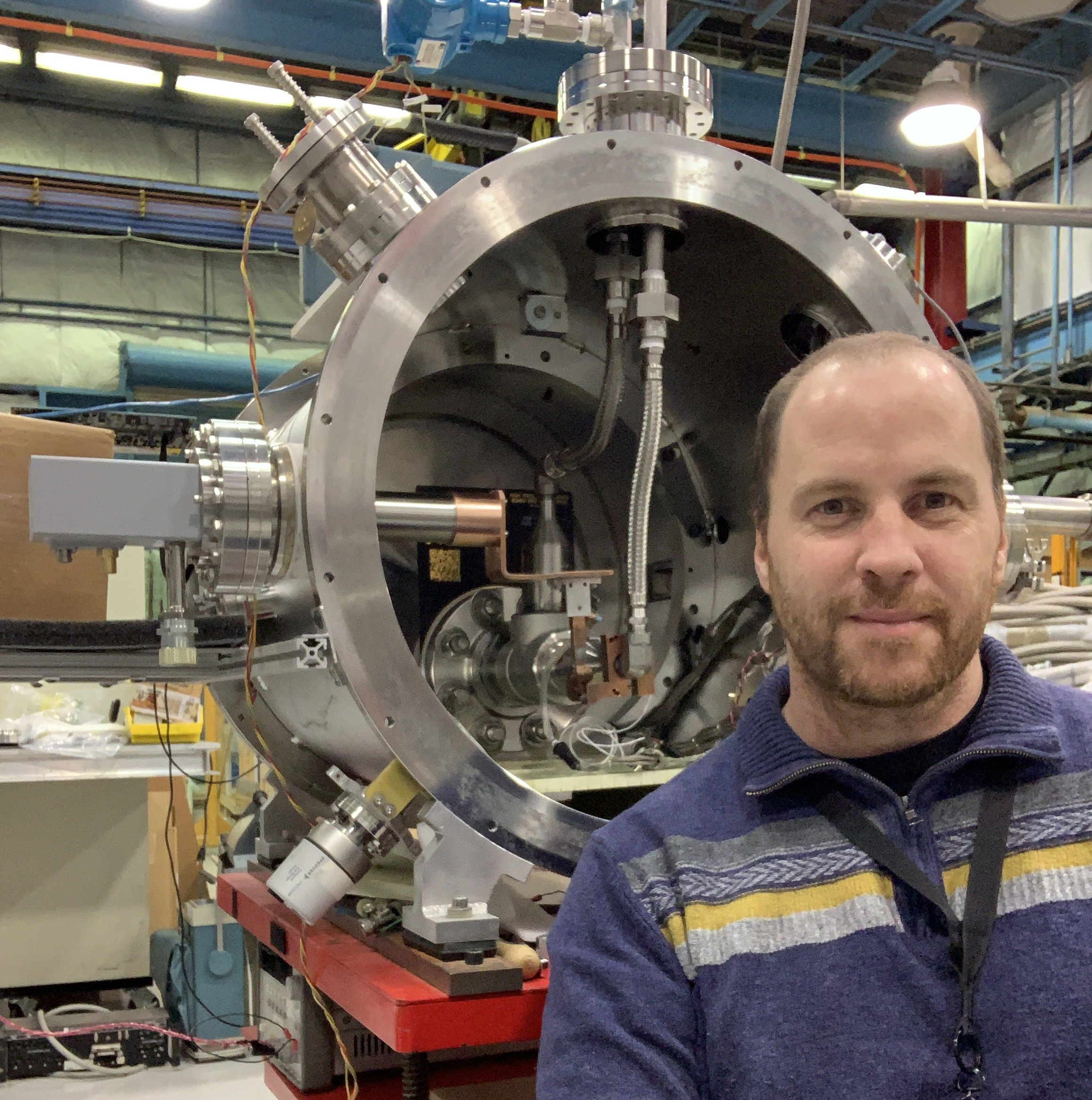
Fermilab scientist Juan Estrada wins American Physical Society Instrumentation Award
A physicist making great advances in particle detector technology, Estrada is recognized by the American Physical Society Division of Particles and Fields for his creation and development of novel applications for CCD technology that probe wide-ranging areas of particle physics, including cosmology, dark matter searches, neutrino detection and quantum imaging.

UK scientists build core components of global neutrino experiment
Engineers and technicians in the UK have started production of key piece of equipment for a major international science experiment. The UK government has invested £65million in the international Deep Underground Neutrino Experiment. As part of the investment, the UK is delivering a series of vital detector components built at the Science and Technology Facilities Council’s Daresbury Laboratory.
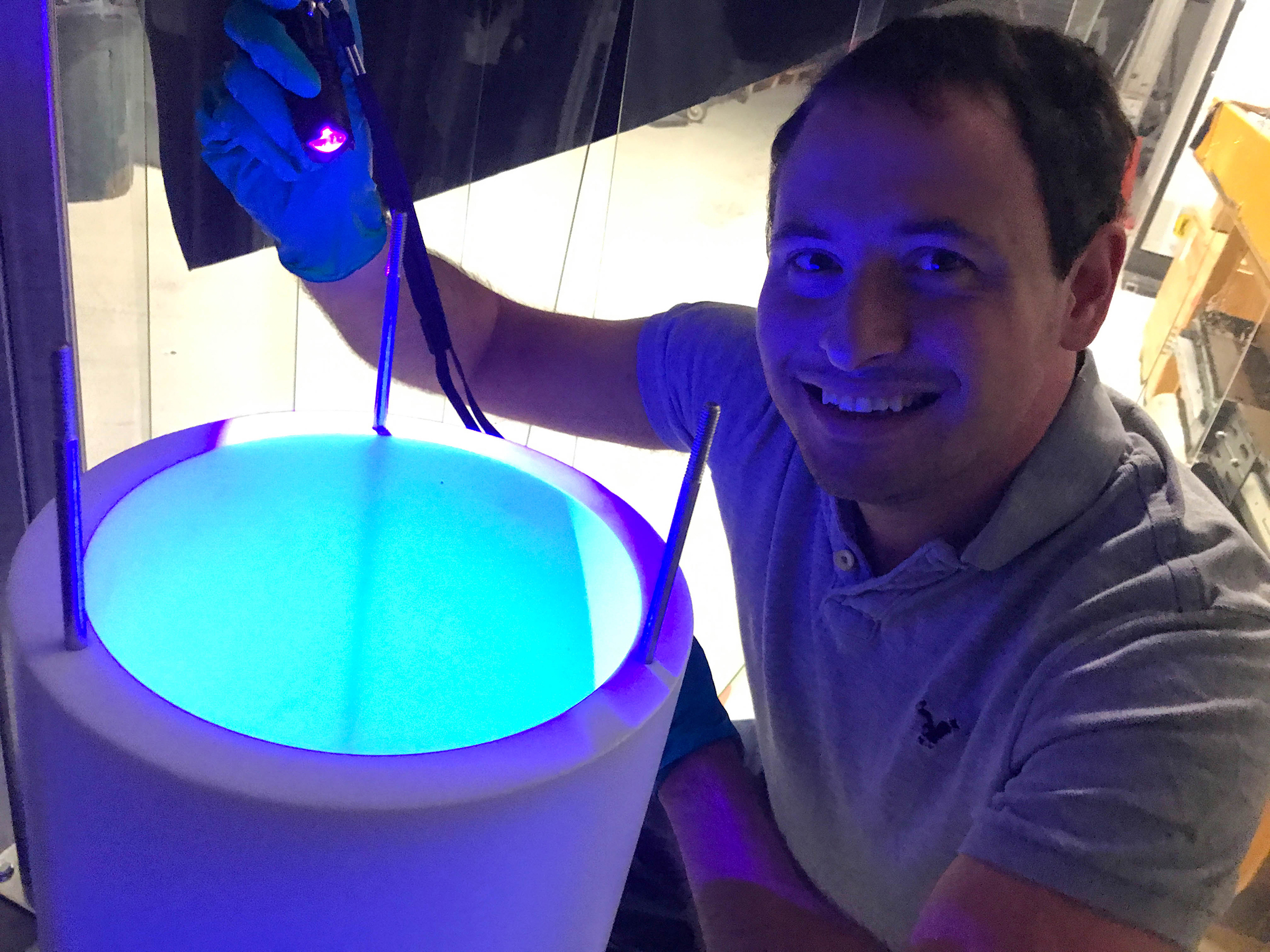
Compelling evidence of neutrino process opens physics possibilities
The COHERENT particle physics experiment at the Department of Energy’s Oak Ridge National Laboratory has firmly established the existence of a new kind of neutrino interaction.
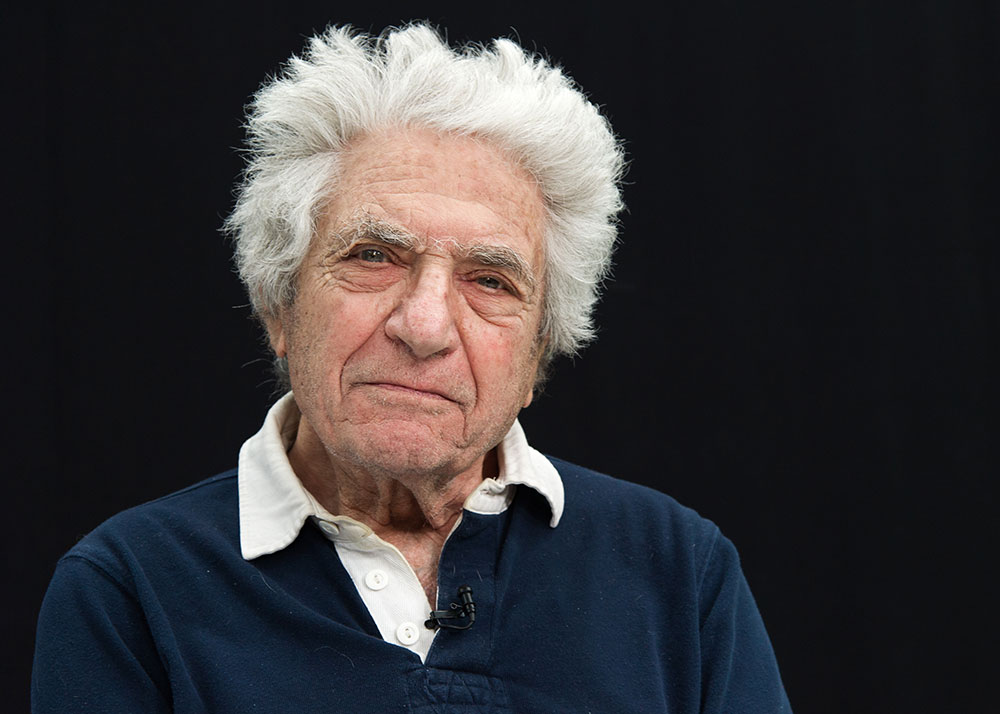
In Memoriam: Jack Steinberger, 99
Jack Steinberger, who with Leon Lederman and Melvin Schwartz was awarded the 1988 Nobel Prize in physics for their 1962 discovery of the muon neutrino, died on Saturday, December 12, 2020, at his home in Geneva. He was 99.
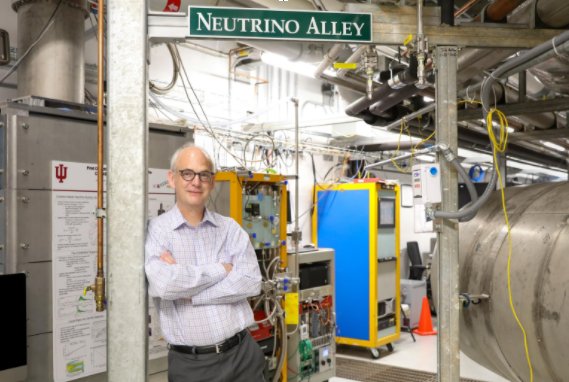
Welcome to Neutrino Alley: Q&A with ORNL’s Marcel Demarteau
Marcel Demarteau is director of the Physics Division at the Department of Energy’s Oak Ridge National Laboratory.

First measurement of single-proton interactions with the MicroBooNE detector
The MicroBooNE neutrino experiment at Fermilab has published a new measurement that helps paint a more detailed portrait of the neutrino. This measurement more precisely targets one of the processes arising from the interaction of a neutrino with an atomic nucleus, one with a fancy name: charged-current quasielastic scattering.
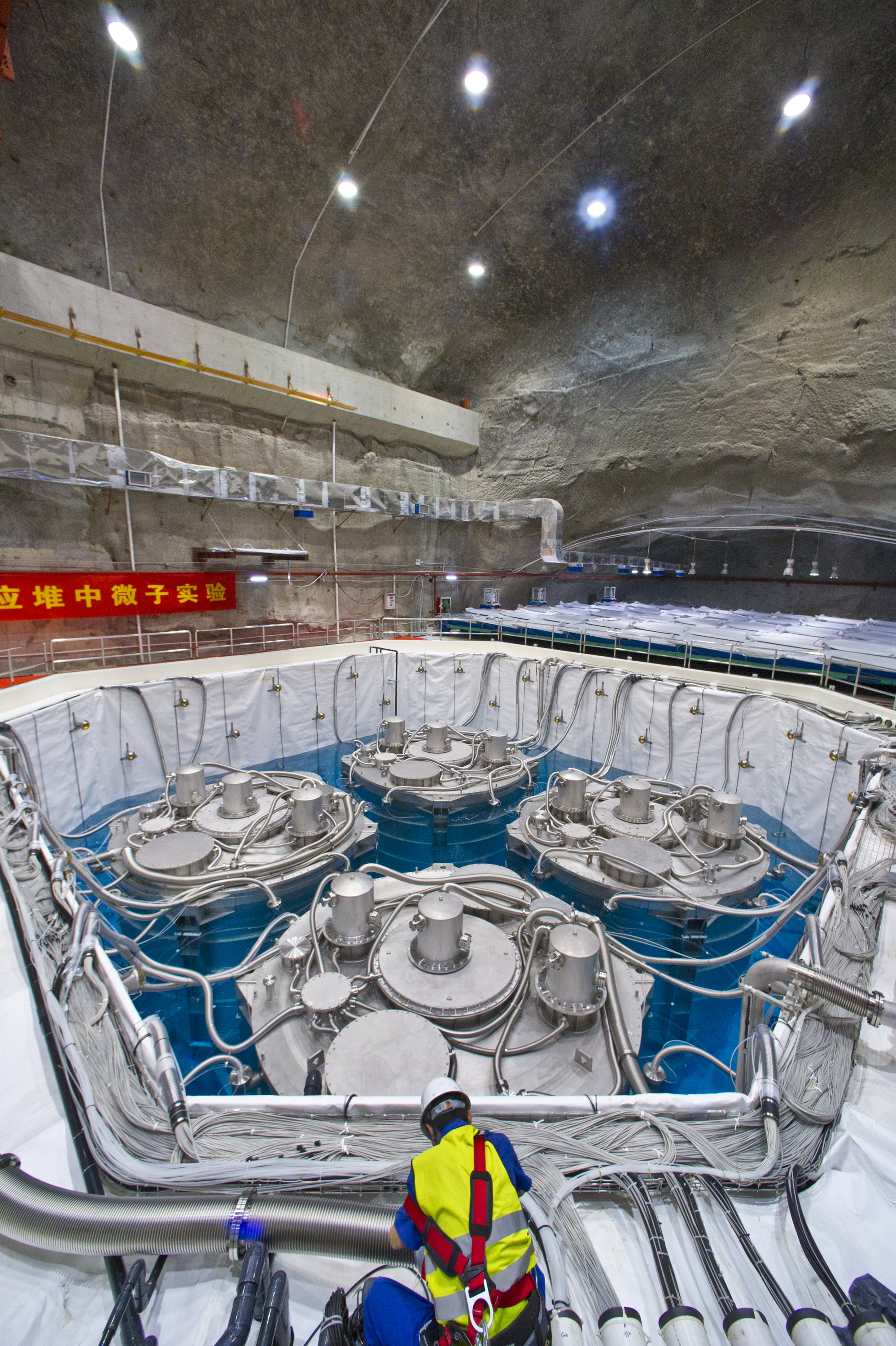
Scientists Say Farewell to Daya Bay Site, Proceed with Final Data Analysis
The Daya Bay Reactor Neutrino Experiment collaboration – which made a precise measurement of an important neutrino property eight years ago, setting the stage for a new round of experiments and discoveries about these hard-to-study particles – has finished taking data. Though the experiment is formally shutting down, the collaboration will continue to analyze its complete dataset to improve upon the precision of findings based on earlier measurements.
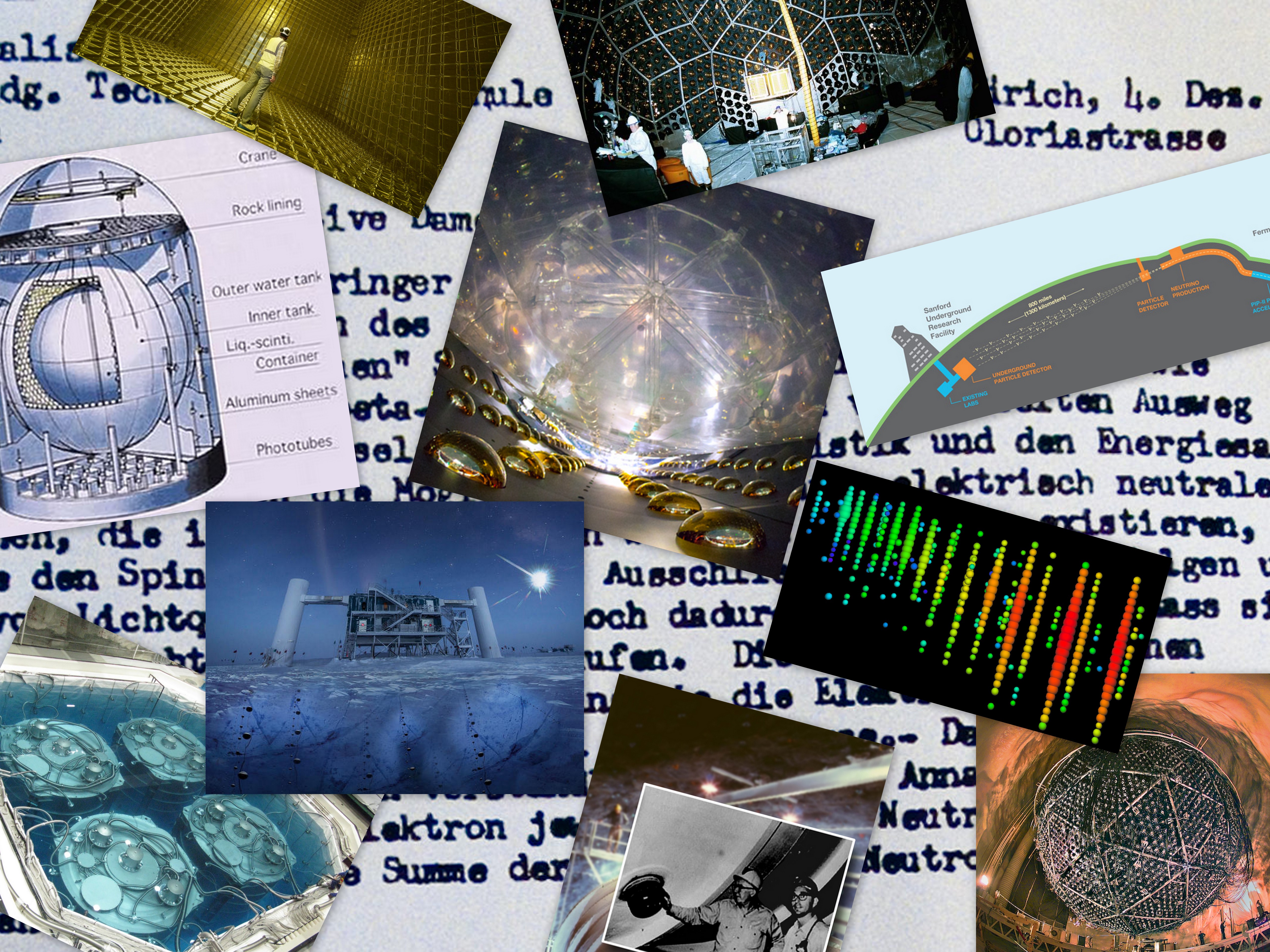
90 Years of Neutrino Science
Berkeley Lab has a long history of participating in neutrino experiments and discoveries in locations ranging from a site 1.3 miles deep at a nickel mine in Ontario, Canada, to an underground research site near a nuclear power complex northeast of Hong Kong, and a neutrino observatory buried in ice near the South Pole.
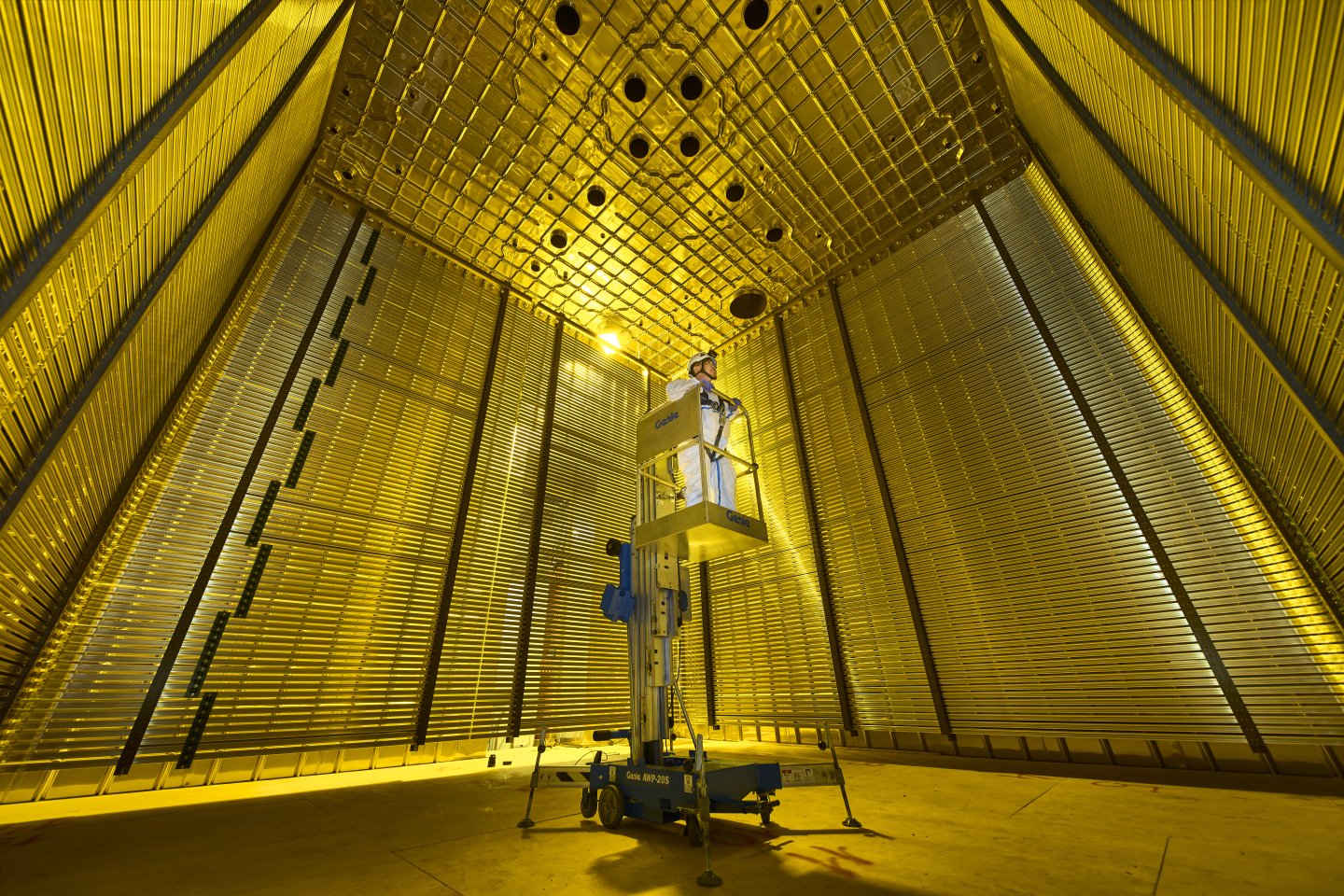
DUNE publishes first physics results from prototype detector
Results from the ProtoDUNE single-phase detector at CERN pave the way for detectors 20 times larger for the international Deep Underground Neutrino Experiment, hosted by Fermilab.
Making music from neutrino experiments
David Ibbett, Fermilab’s first guest composer, converts real scientific data into musical notes and rhythms. His latest piece, “MicroBooNE,” will make its world premiere at a virtual concert on Dec. 8. In this audio interview, Ibbett shares a sneak peek of the song and explains his compositional process.
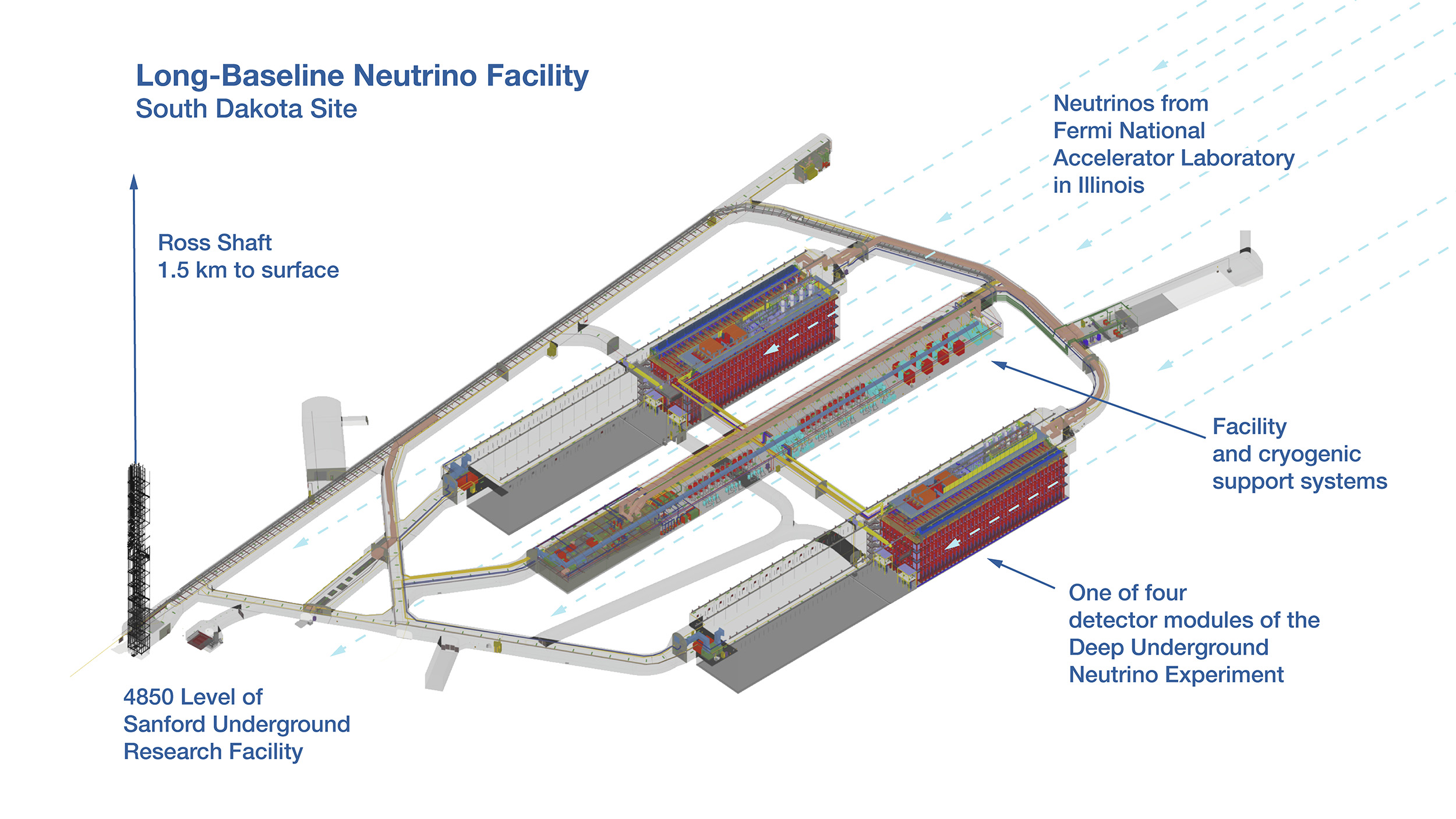
Contract awarded for the excavation of gigantic caverns for the Deep Underground Neutrino Experiment
This month, Thyssen Mining Inc. was awarded the contract to excavate the gigantic caverns for Fermilab’s Long-Baseline Neutrino Facility. Excavation crews will drill, blast and remove approximately 800,000 tons of rock to create the underground space for LBNF. When complete, the facility will house the enormous particle detector for the international Deep Underground Neutrino Experiment, hosted by Fermilab.
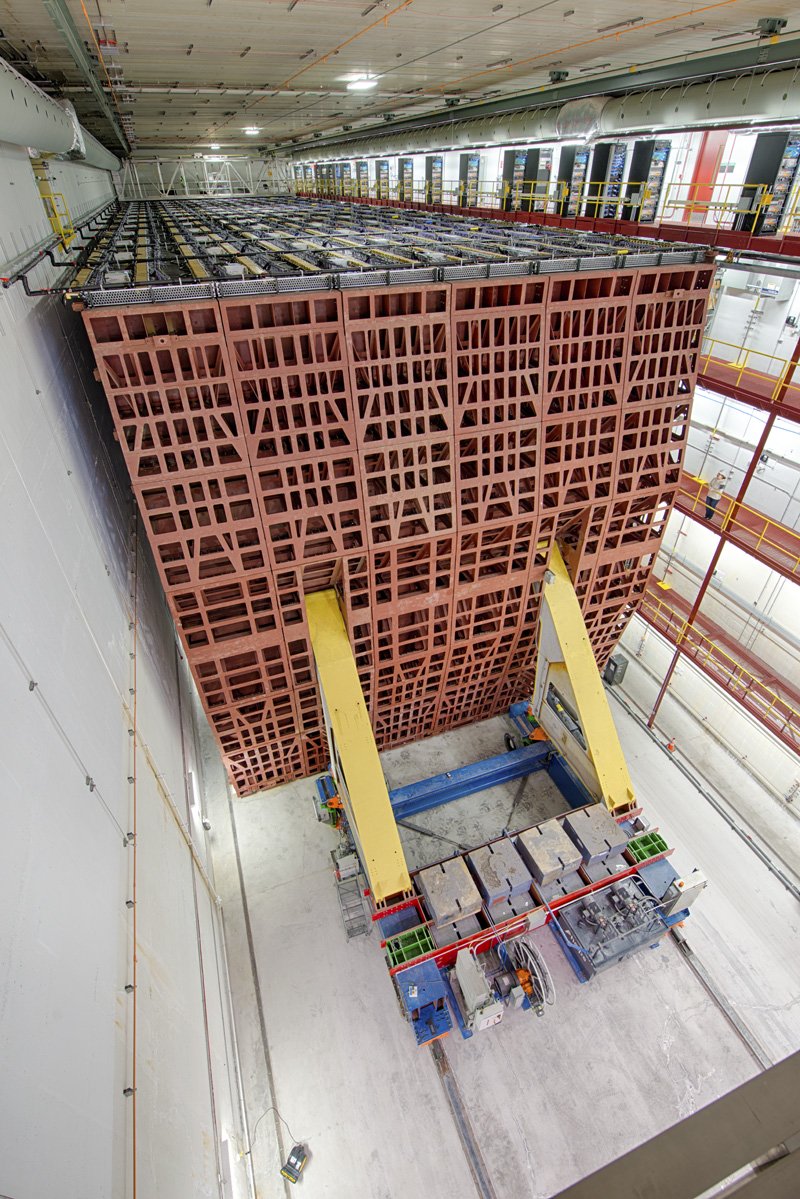
NOvA turns its eyes to the skies
The NOvA experiment, best known for its measurements of neutrino oscillations using particle beams from Fermilab accelerators, has been turning its attention to measurements of cosmic phenomena. In a series of results, NOvA reports on neutrinos from supernovae, gravitational-wave events from black hole mergers, muons from cosmic rays, and its search for the elusive monopole.

In photos: Fermilab site preparation for LBNF nears completion
All summer long, progress on preparing the Fermilab site for the construction of the Long-Baseline Neutrino Facility has been proceeding at a healthy clip. Now, as summer winds down, that site prep is nearing completion.
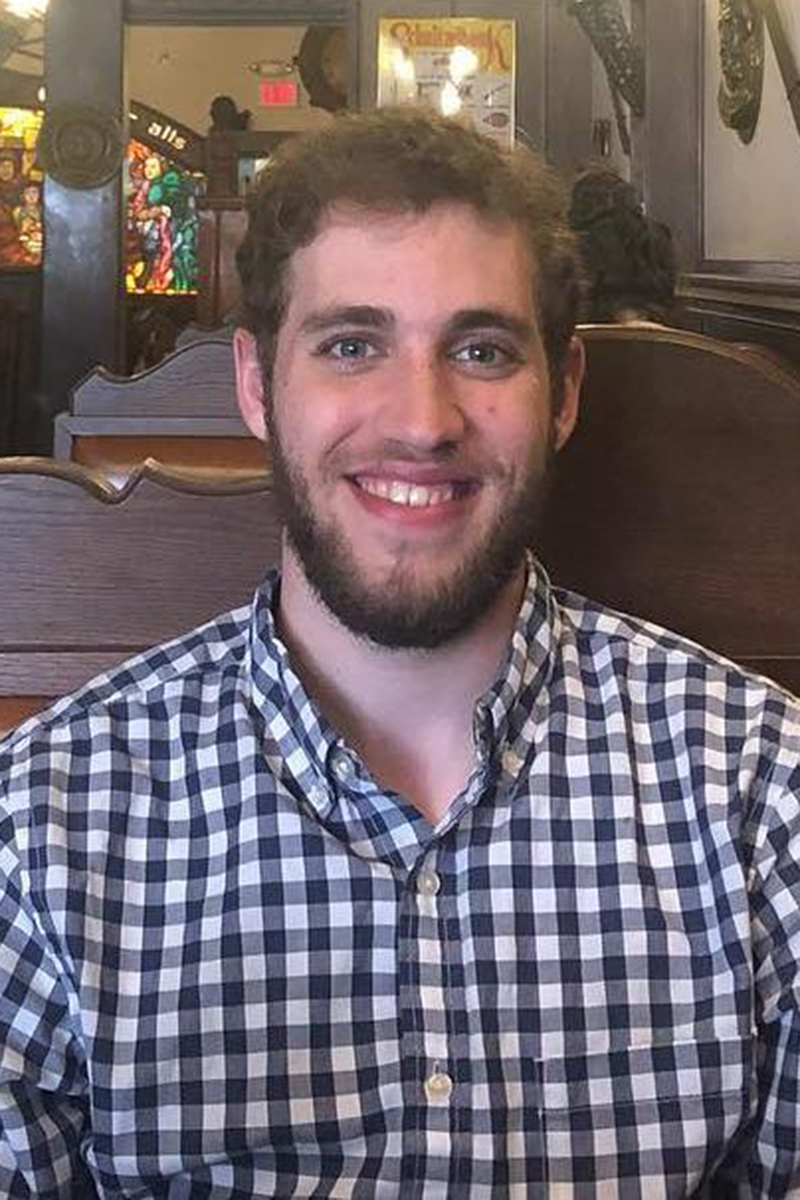
Three students awarded DOE Graduate Student Research Fellowships
Three students have received the prestigious Department of Energy Office of Science Graduate Student Research Fellowships to conduct their research at Fermilab. DOE awarded these fellowships to 52 students from U.S. universities.
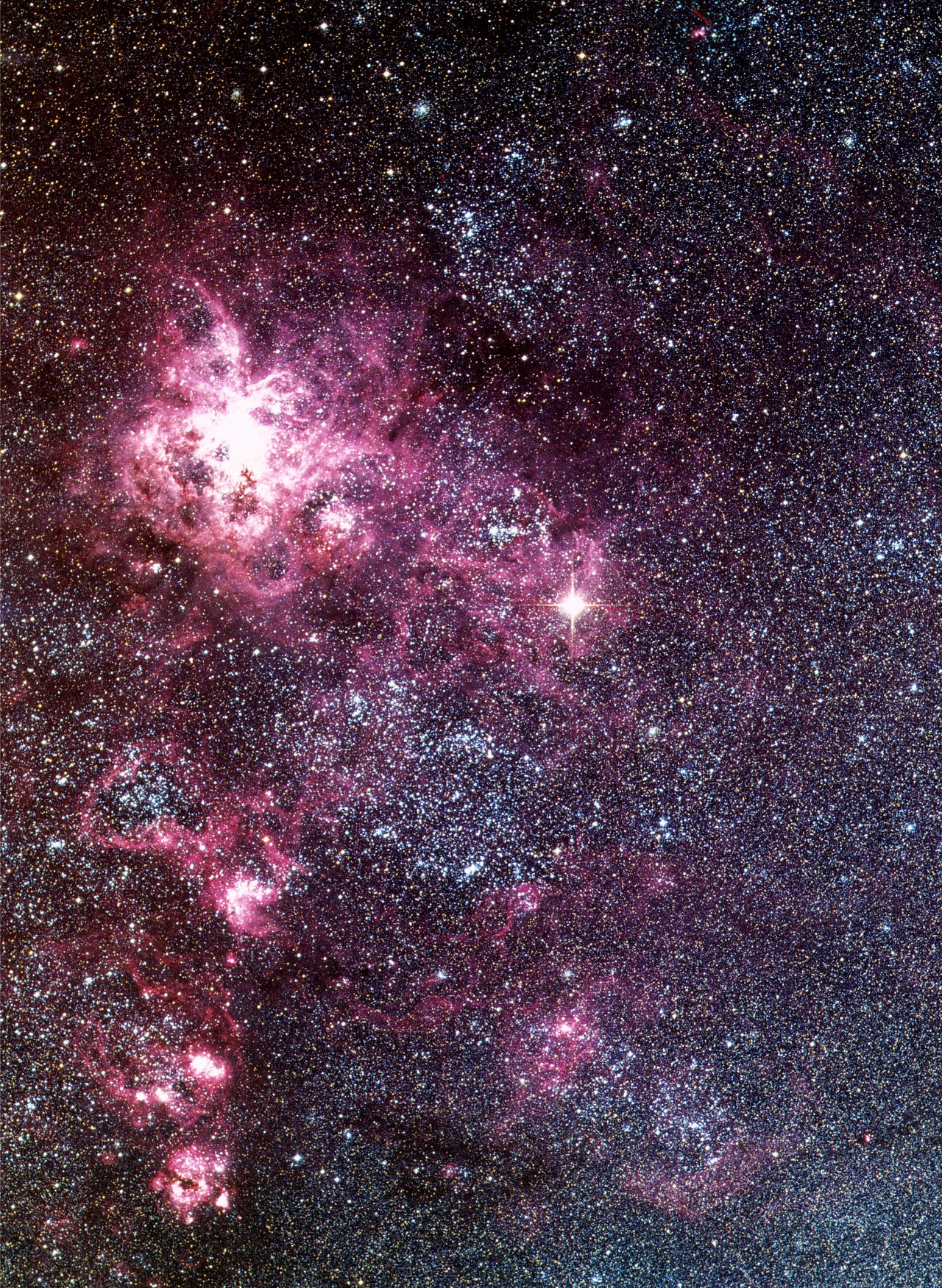
If Betelgeuse goes boom: How DUNE would respond to a nearby supernova
The red supergiant Betelgeuse is one of the best candidates for a nearby supernova in the coming decades. The star’s proximity to Earth would present a unique opportunity for studying the physics of supernovae and neutrinos. If Betelgeuse does explode, DUNE will be ready.
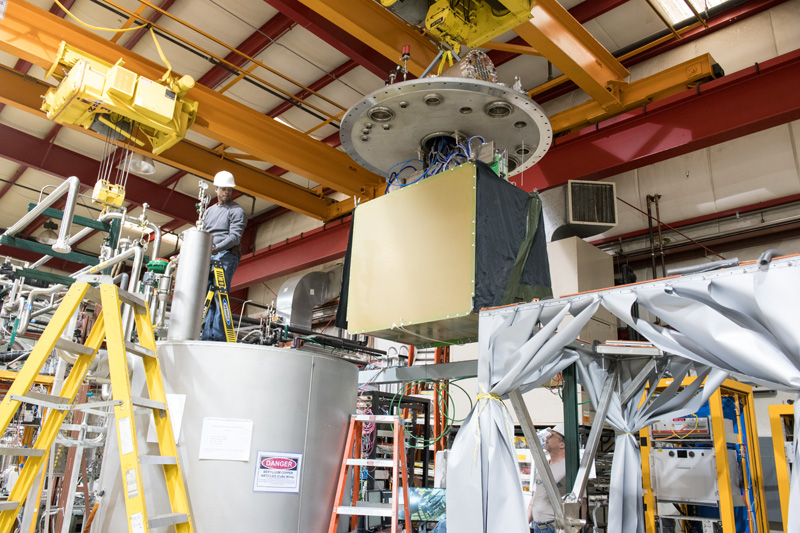
ICEBERG tests future neutrino detector systems with ‘beautiful’ results
Scientists are testing the components and systems for the international Deep Underground Neutrino Experiment, hosted by Fermilab, with other liquid-argon particle detectors. One such detector is ICEBERG, which is over 10,000 times smaller than DUNE will be. ICEBERG’s measurements are providing insight for future neutrino experiments.
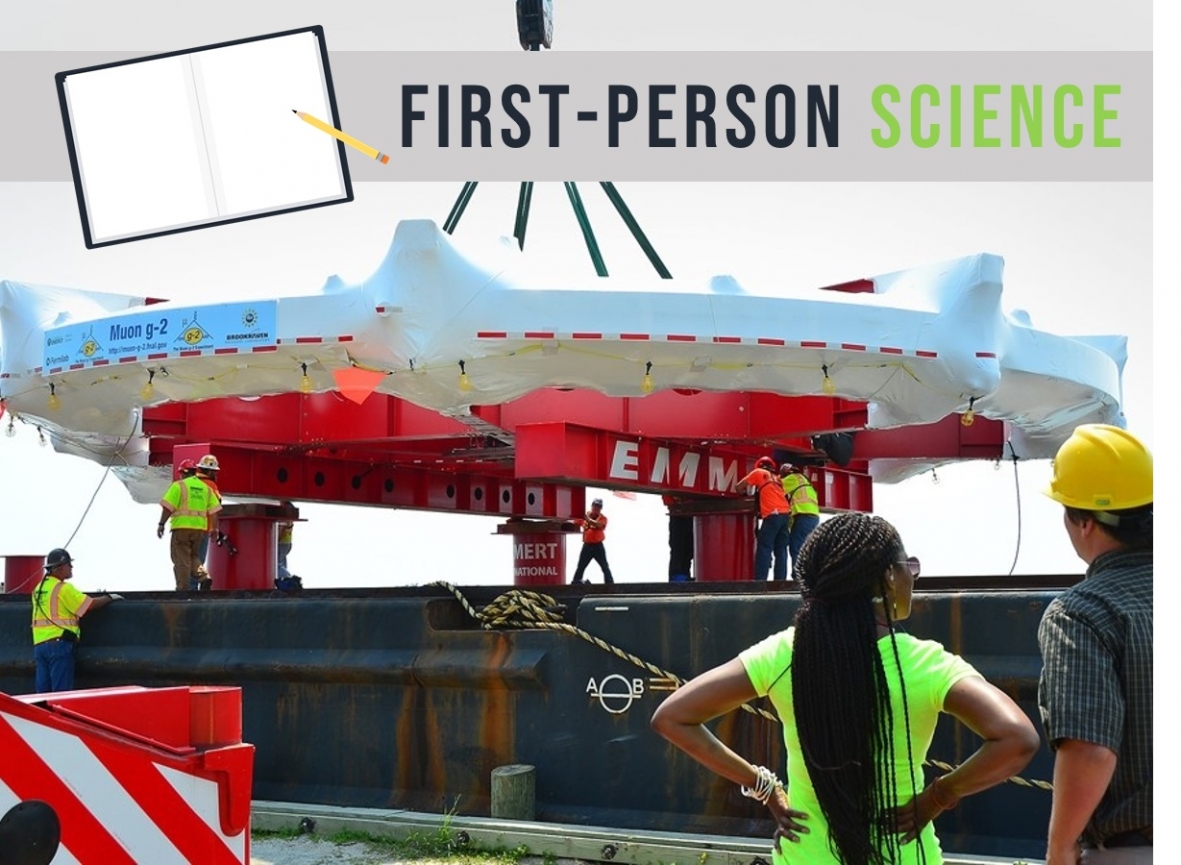
First-Person Science: Chris Polly on Muon Physics
In the First-Person Science series, scientists describe how they made significant discoveries over years of research. Chris Polly is a physicist at the Department of Energy’s Fermilab and co-spokesperson for the Muon g-2 project.

Searching for supernova neutrinos with DUNE
The international Deep Underground Neutrino Experiment collaboration has published a paper about its capability for performing supernova physics. It details the kind of activity DUNE expects in the detector during a supernova burst, how DUNE will know once a supernova occurs and what physics DUNE will extract from the neutrinos. DUNE’s unique strength is its sensitivity to a particular type of neutrino called the electron neutrino, which will provide scientists with supernova data not available from any other experiment.
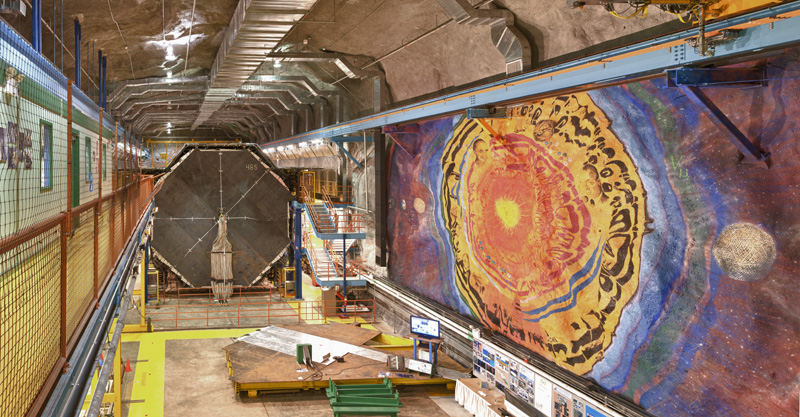
A team of international physicists join forces in hunt for sterile neutrinos
The MINOS+ and Daya Bay neutrino experiments combine results to produce most stringent test yet for the existence of sterile neutrinos.
Fermilab scientist Laura Fields receives $2.5 million DOE award to study beams of shape-shifting ghost particles
Laura Fields has won an Early Career Research Award from the Department of Energy to help physicists better understand the composition of neutrino beams used by Fermilab experiments. Her work will help gather and validate results that could shed light on why the universe consists of something rather than nothing.
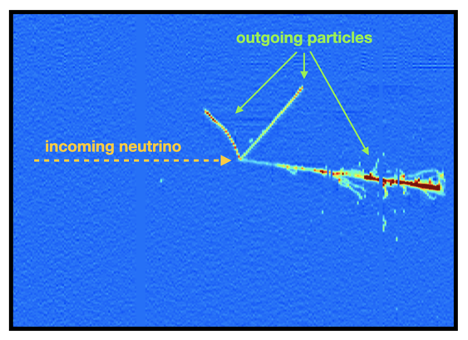
ArgoNeuT sheds light on electron neutrino interactions
The ArgoNeuT collaboration has published new measurements of the neutrino interaction channel critical for future experiments that seek to understand the difference between matter and antimatter in the world of neutrinos. Their paper presents new strategies for identifying electron neutrinos in liquid-argon neutrino detectors like ArgoNeuT.
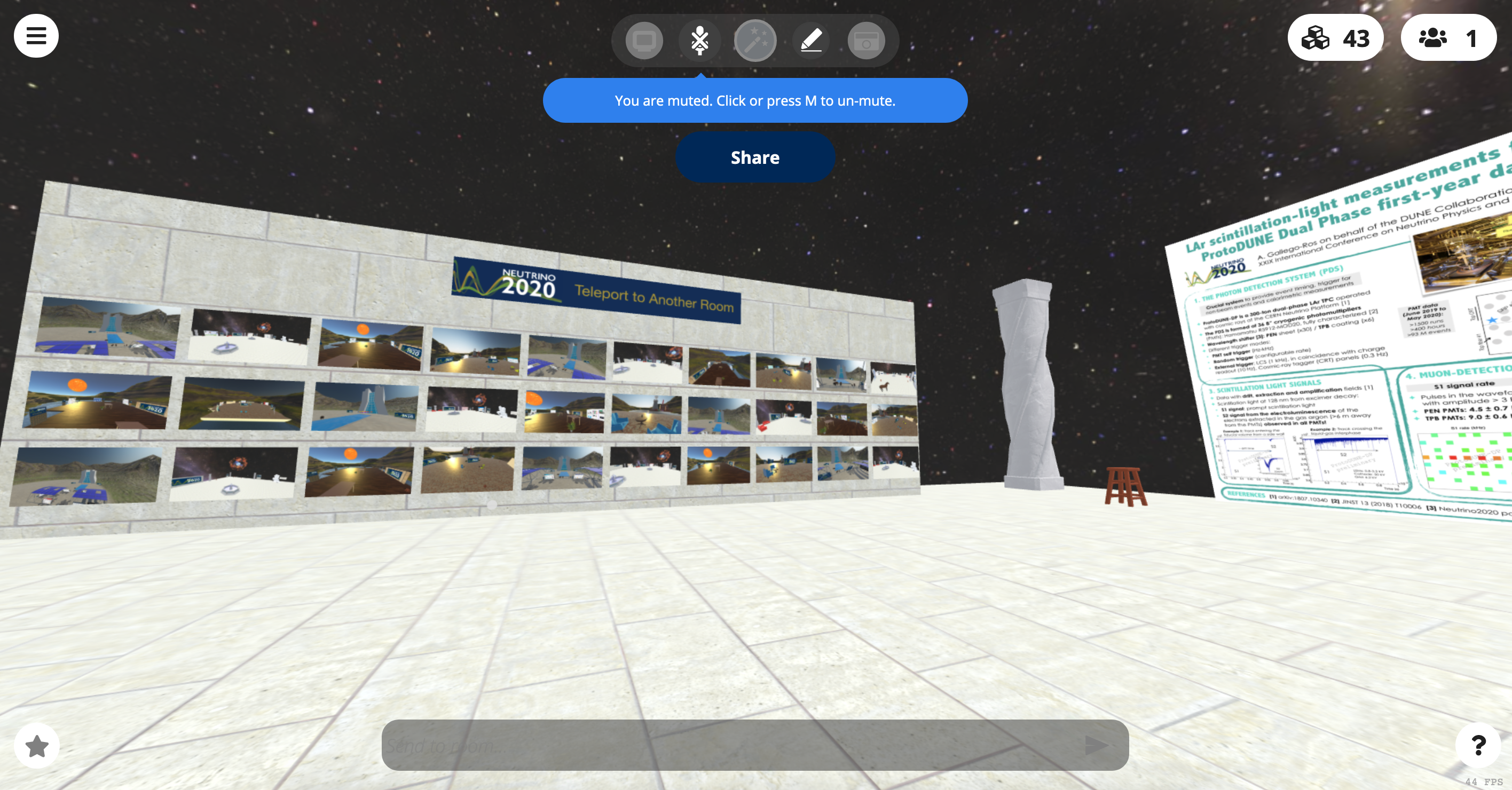
More than 3,000 neutrino scientists gather online for Neutrino 2020
A dash of virtual reality helps replicate the serendipitous interactions of an in-person conference when participants are scattered across the globe.

Crews create a blast to take the Deep Underground Neutrino Experiment to the next stage
Construction workers have carried out the first underground blasting for the Long-Baseline Neutrino Facility, which will provide the space, infrastructure and particle beam for the international Deep Underground Neutrino Experiment. This prep work paves the way for removing more than 800,000 tons of rock to make space for the gigantic DUNE detectors a mile underground.

Three Fermilab scientists receive DOE Early Career Research Awards
The Department of Energy’s Office of Science has selected three Fermilab scientists to receive the 2020 DOE Early Career Research Award, now in its 11th year. The prestigious award is designed to bolster the nation’s scientific workforce by providing support to exceptional researchers during the crucial early years, when many scientists do their most formative work.
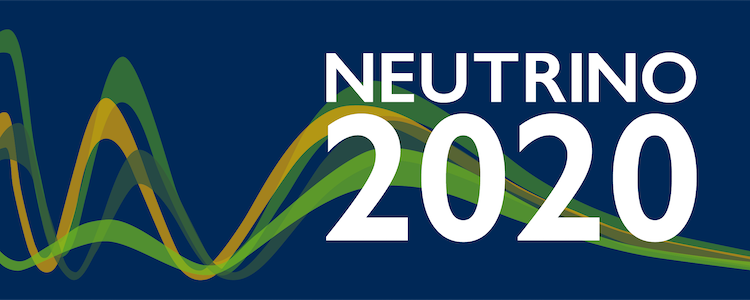
Neutrino 2020 kicks off June 22
The 29th International Conference on Neutrino Physics and Astrophysics brings together thousands of researchers for the latest developments in the field.
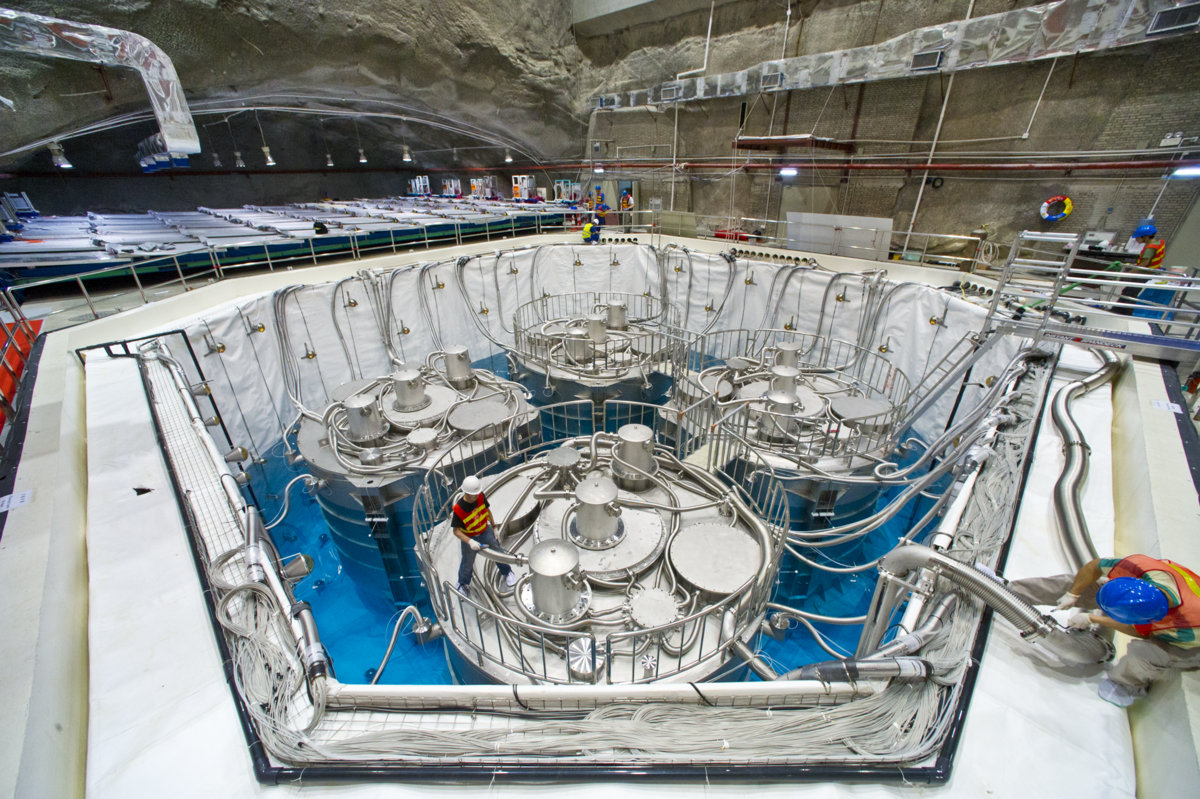
Daya Bay Reactor Experiment Continues to Generate Data
Largely unaffected by the pandemic, the Daya Bay reactor neutrino experiment in Shenzen, China, has continued to pump data to remote supercomputers for analyses.
DUNE prepares for data onslaught
The Deep Underground Neutrino Experiment will collect massive amounts of data from star-born and terrestrial neutrinos. A worldwide network of computers will provide the infrastructure to help analyze it. Using artificial intelligence and machine learning, scientists write software to mine the data.
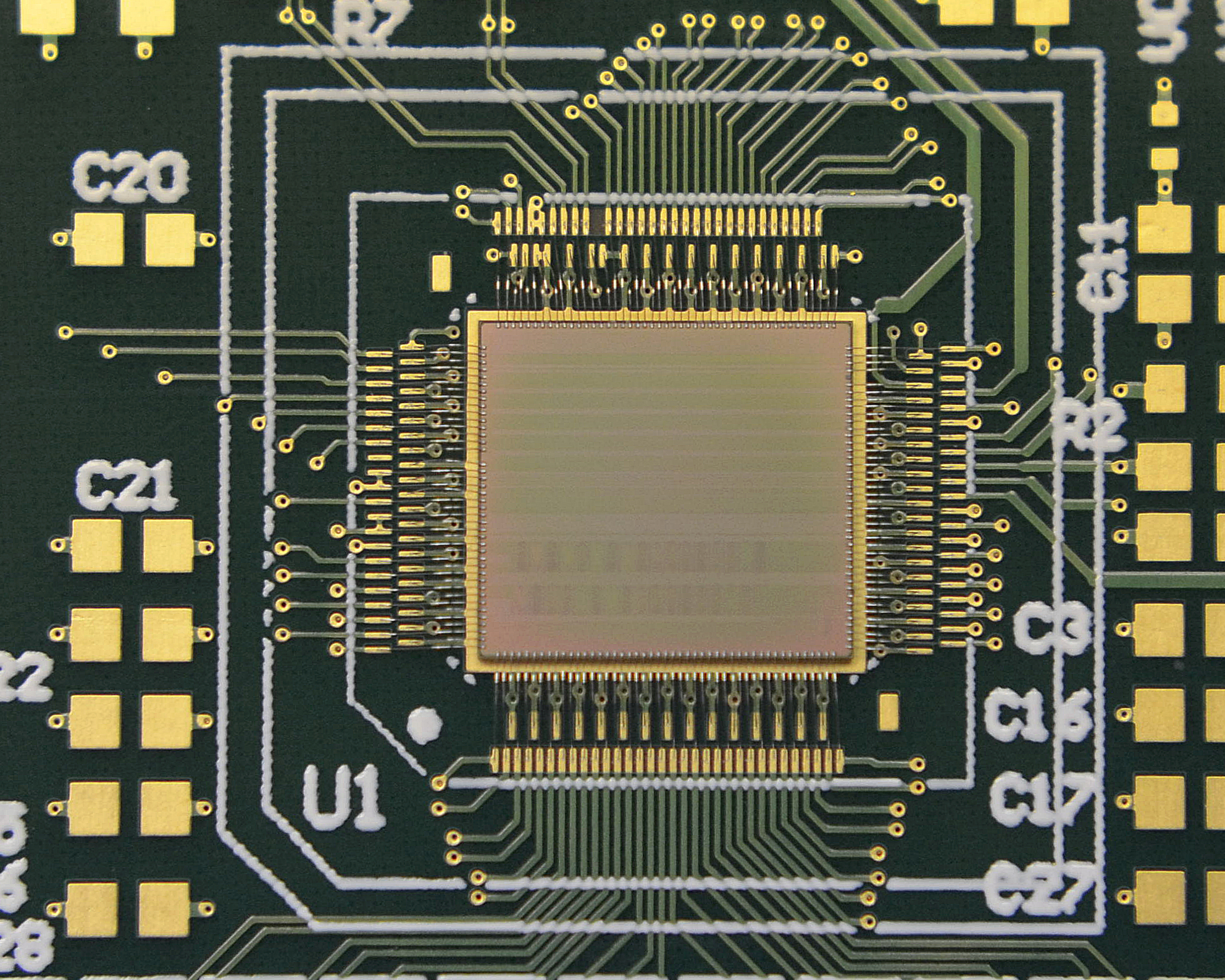
The cold eyes of DUNE
Scientists at several DOE national laboratories working on the upcoming Deep Underground Neutrino Experiment are developing integrated electronic circuitry that can operate in DUNE’s detectors at temperatures below minus 200 degrees Celsius.
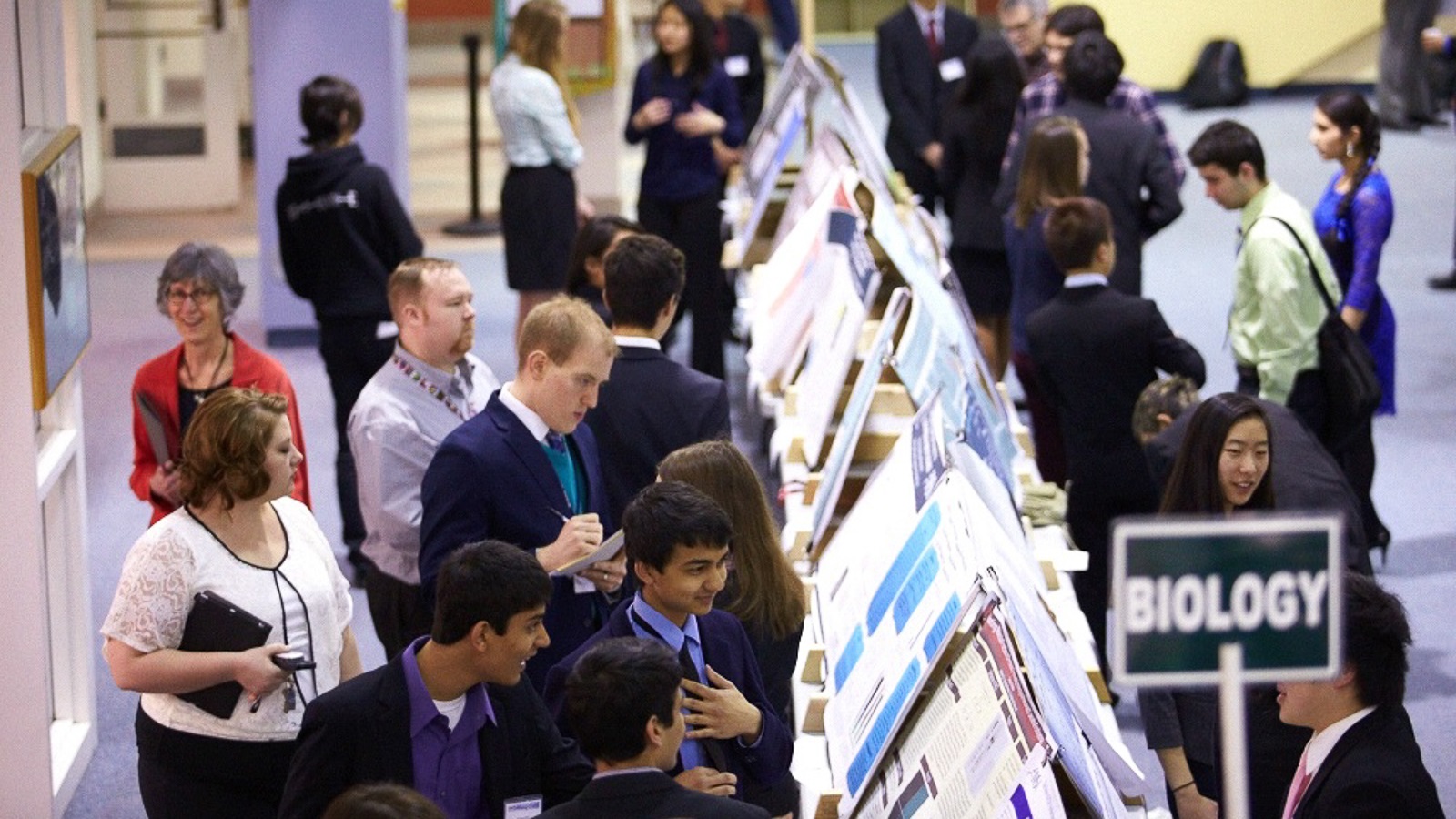
IMSA High School Internship advances DUNE project and showcases unexplored potential of physics
Argonne National Laboratory’s Illinois Mathematics and Science Academy (IMSA) High School Internship Program has this year’s exceptionally bright high school students working on the Deep Underground Neutrino Experiment (DUNE)’s world-changing research.
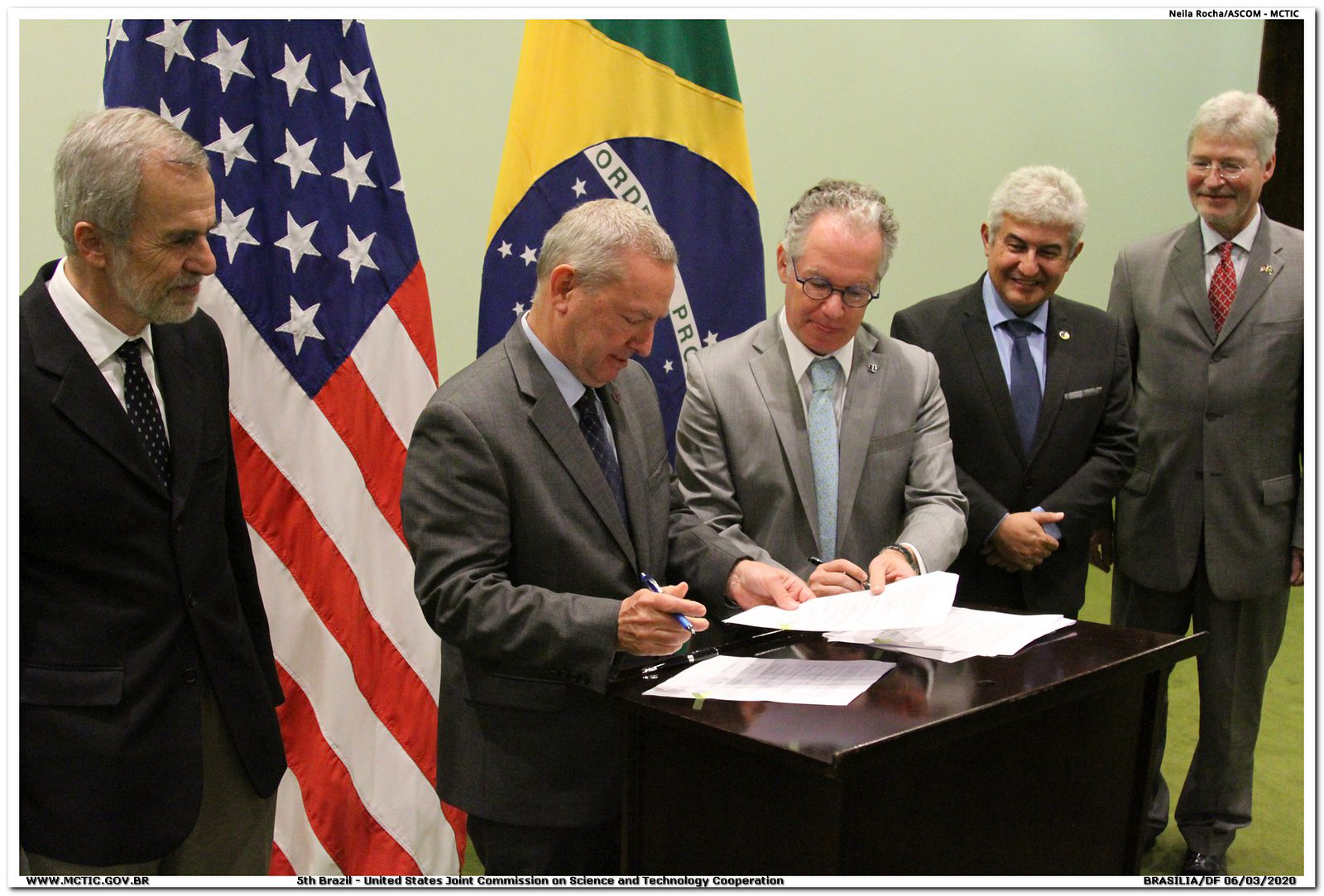
Fermilab, UNICAMP and São Paulo Research Foundation collaborate on major international projects for neutrino research
Under a new agreement, the University of Campinas and the São Paulo Research Foundation will play important roles in the Long-Baseline Neutrino Facility and the international Deep Underground Neutrino Experiment, hosted by Fermilab.

Innovative ANNIE sees first neutrinos, with more “firsts” to come
The groundbreaking ANNIE experiment at Fermilab has seen its first neutrino events. This milestone heralds the start of an ambitious program in neutrino physics and detector technology development. It is also a cause for celebration by the international ANNIE collaboration, composed of groups from Germany, the United Kingdom and the United States.
Radar and ice could help detect an elusive subatomic particle
A new study published today in the journal Physical Review Letters shows, for the first time, an experiment that could detect a class of ultra-high-energy neutrinos using radar echoes.
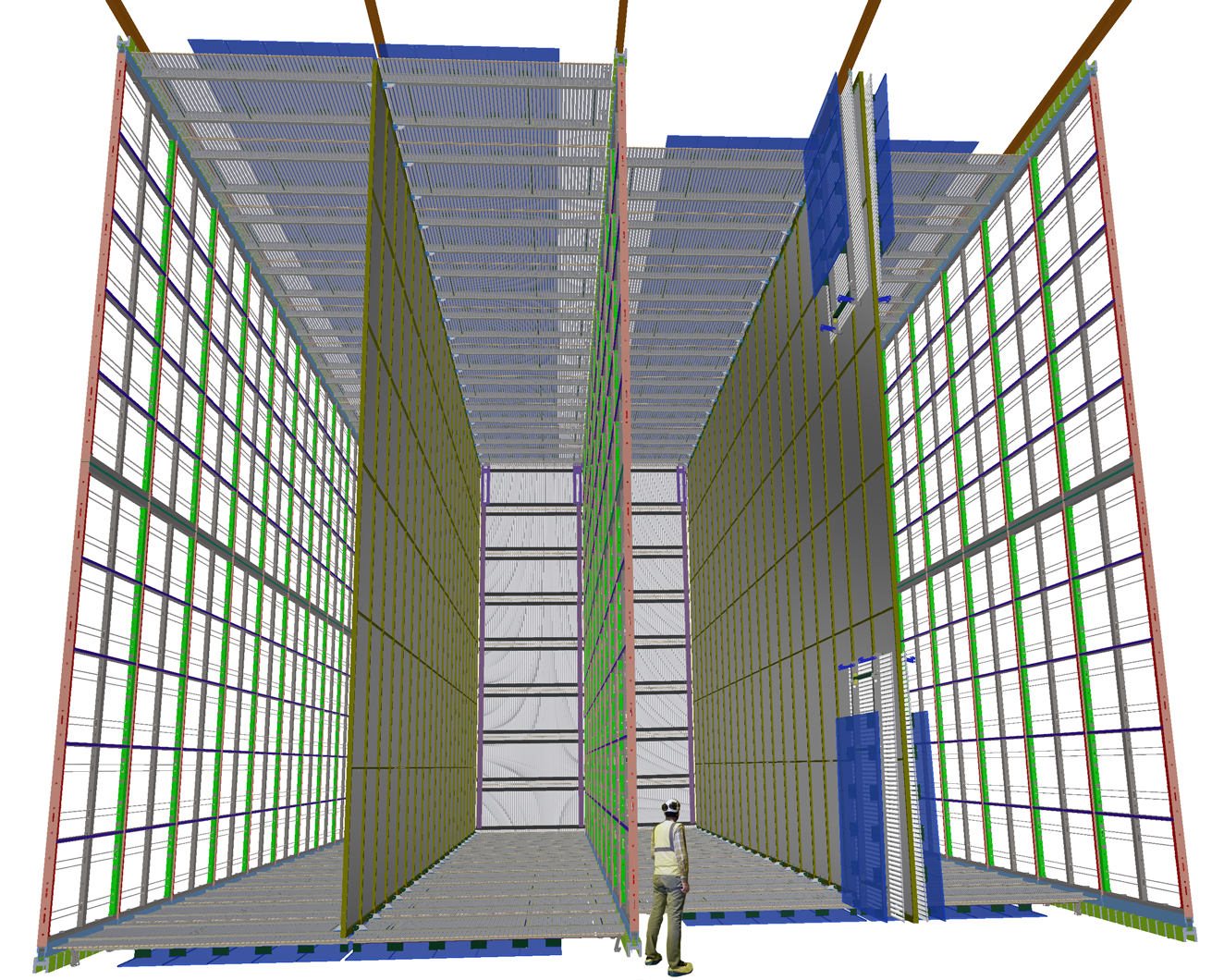
DUNE collaboration finalizes the blueprint for the ultimate neutrino detector
The publication of the Technical Design Report is a major milestone for the construction of the Deep Underground Neutrino Experiment, an international mega-science project hosted by Fermilab. It lays out in great detail the scientific goals as well as the technical components of the gigantic particle detectors of the experiment.
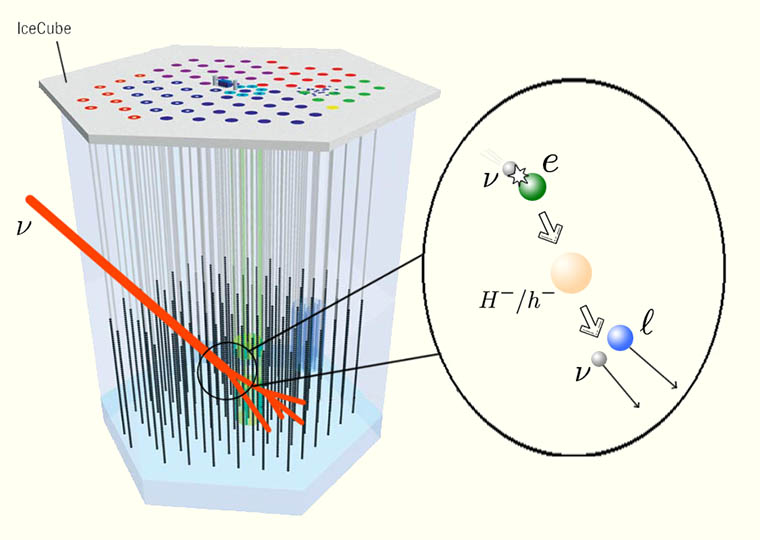
Ultra-high energy events key to study of ghost particles
Physicists at Washington University in St. Louis have proposed a way to use data from ultra-high energy neutrinos to study interactions beyond the standard model of particle physics. The ‘Zee burst’ model leverages new data from large neutrino telescopes such as the IceCube Neutrino Observatory in Antarctica and its future extensions.
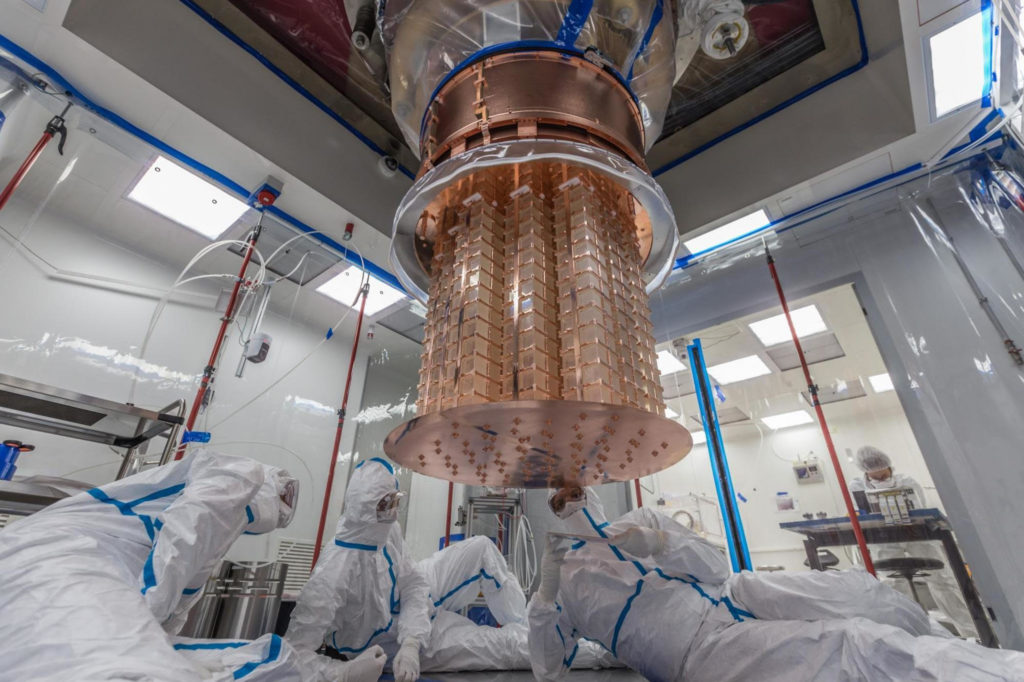
The CUORE Underground Experiment Narrows the Search for Rare Particle Process
The largest set of data yet from an underground experiment called CUORE sets more stringent limits on a theoretical ultra-rare particle process known as neutrinoless double-beta decay that could help to explain the abundance of matter over antimatter in the universe.
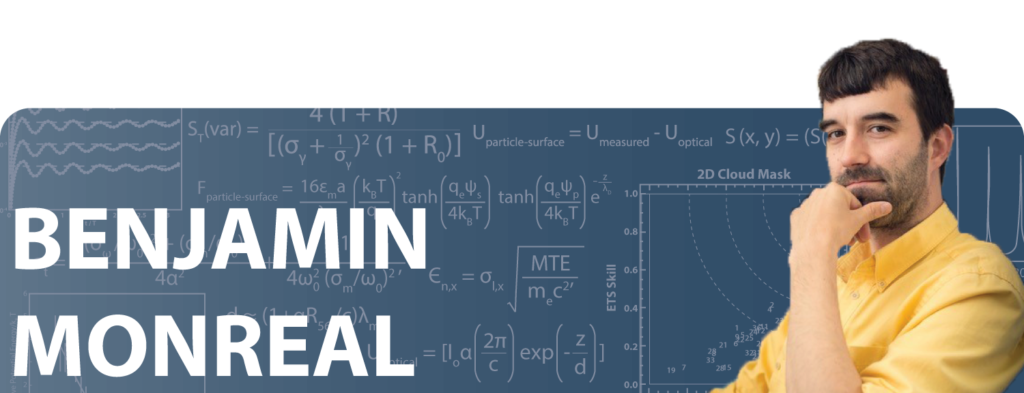
Benjamin Monreal: Then and Now
Benjamin Monreal is the Agnar Pytte Associate Professor of Physics in the Department of Physics at Case Western Reserve University.

Fermilab, international partners break ground on new beamline for the world’s most advanced neutrino experiment
With a ceremony held today, the U.S. Department of Energy’s Fermi National Accelerator Laboratory joined with its international partners to break ground on a new beamline that will help scientists learn more about ghostly particles called neutrinos.
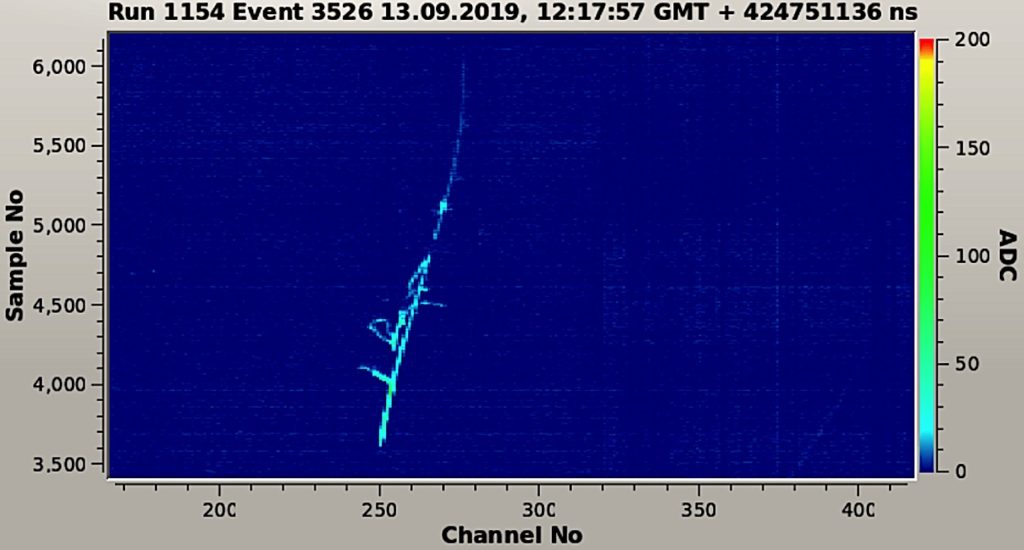
Tests start at CERN for large-scale prototype of new technology to detect neutrinos
Scientists working at CERN have started tests of a new neutrino detector prototype, using a very promising technology called “dual phase.” If successful, this new technology will be used at a much larger scale for the international Deep Underground Neutrino Experiment, hosted by the U.S Department of Energy’s Fermilab.